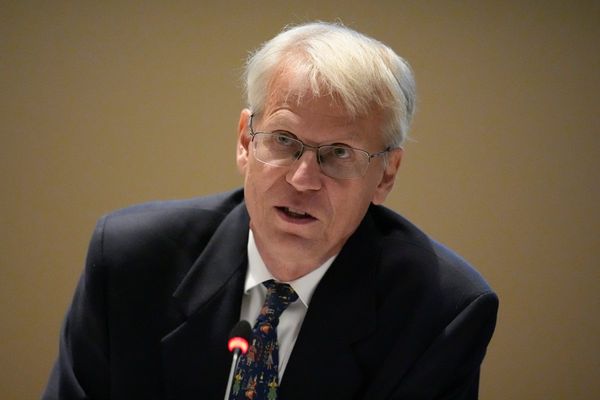Nepal's Prime Minister KP Sharma Oli has resigned after public outrage went to the streets and 22 anti corruption protestors died in bloody police clashes.
In a statement, his office said he has “stepped down to pave the way for a constitutional solution” as youths took to the streets in their droves in widespread protests across the country.
Members of the Generation Z age group have largely led the protests, which in the previous few days began to turn violent.
Here is all we know about the current situation in Nepal:
What is happening in Nepal?
Demonstrations have turned violent in the previous week, after hordes of people took to the streets in protest over rule changes in the country.
Massive youth-led protests have taken place over widespread allegations of corruption which have been sparked by a social media ban put in place last week, which has since been withdrawn.
Gen Z took to the streets when the ban was first implemented and have since turned violent, with more than 200 people believed to have been injured in the action in Kathmandu since Monday.
Gen Z have used placards and scaled government buildings with police then using tear gas, water cannons and live bullets in clashes.
Demonstrators set fire to the parliament building, the headquarters of the Nepali Congress Party and the home of former prime minister Sher Bahadur Deuba with other reports detailing that the homes of several other politicians have also been vandalised.
At least three people have been reported to have been killed on Tuesday (September 10), bringing the reported total death toll to at least 22 since the unrest began.
Why is it mostly Gen Z on the streets protesting?
Gen Z took to the streets after the social media ban was announced. It has since been revoked.
The ban was the catalyst for the unhappy scenes, but it is believed the unrest is also down to a long standing want for reform in the country from this age gorup.
Social media is a large part of life in the country and has one of South Asia’s highest user rates per capita.
Nepal higher-ups had announced plans to ban 26 social media platforms, including WhatsApp, Instagram and Facebook, for failing to meet a deadline to register with Nepal's ministry of communication and information technology.
Critics accused the government of seeking to stifle an anti-corruption campaign with the ban.
As protests began the plan was cancelled on Monday night.
What happens next?
The situation remains muddy at the moment.
PM KP Sharma Oli has already resigned, with his office saying he has gone to make way for a constitutional solution and stop the bloody protests.
Protests are ongoing and Nepal's army chief, General Ashok Raj Sigdel, has issued a statement accusing demonstrators of taking advantage of the current crisis by damaging, looting and setting fire to public and private property.
He also warned that he will take extra steps should the unrest continue.
A statement said: "All security institutions, including the Nepal Army, are committed to taking control of the situation."
Protestors have been asked to engage in “dialogue” with the government, but no moves have been made for peace talks at present.







